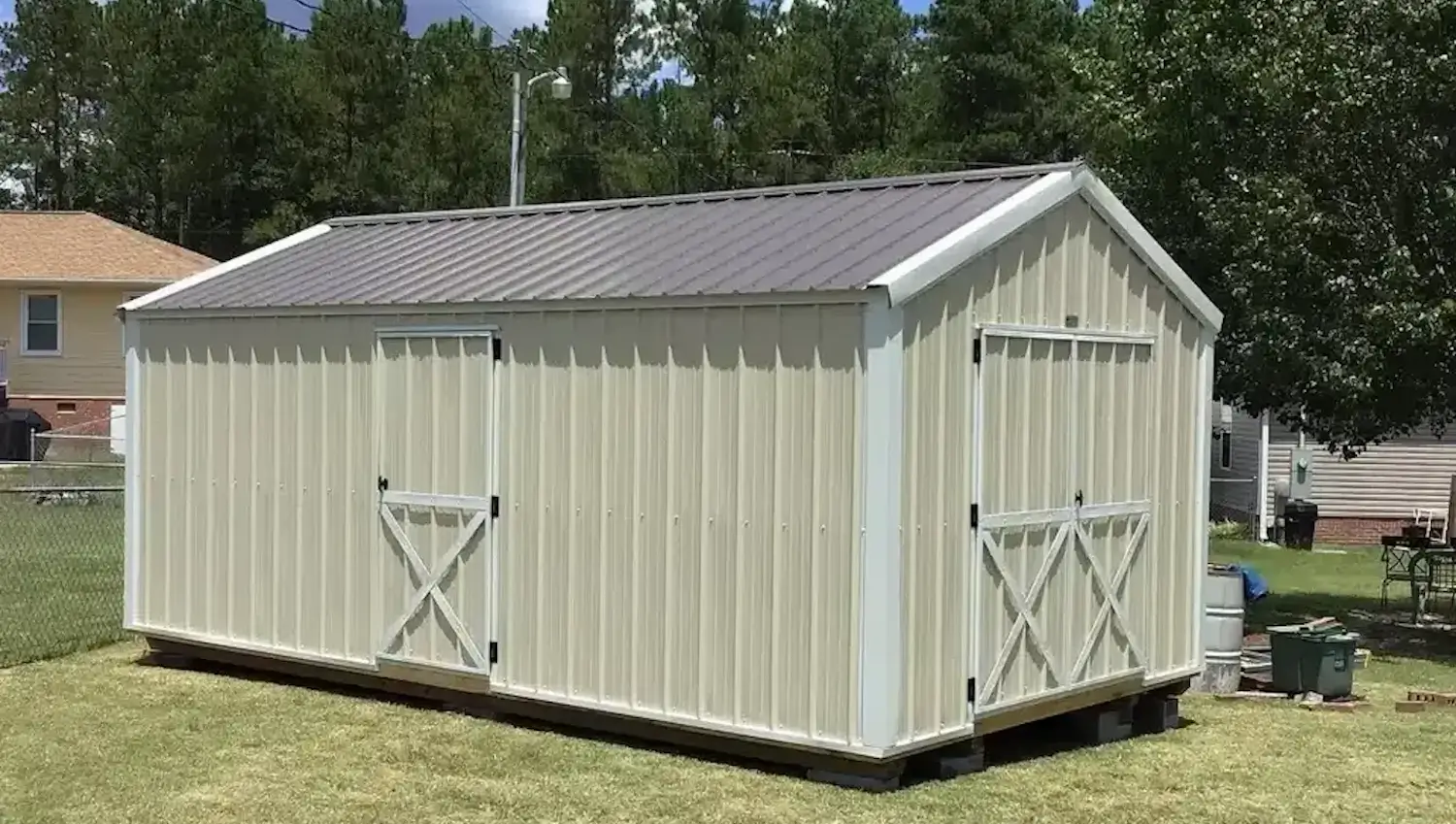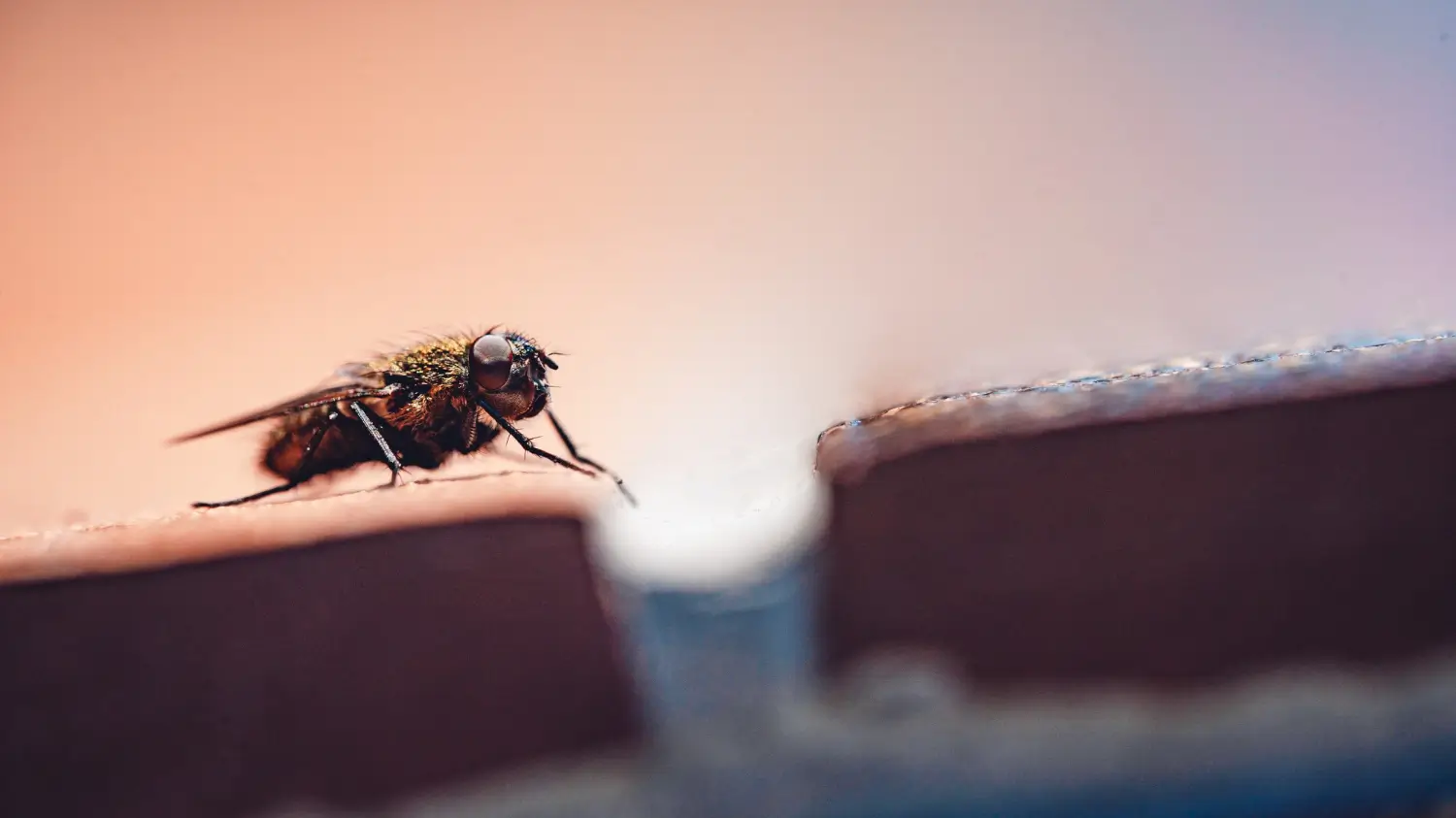
August 24, 2025

Flies generally come indoors seeking food, water and a site to lay eggs. Fly insects can be drawn to kitchens, garbage cans, pet food bowls and even potted indoor plants. Once they are in, the flies can find it easy to stay if the home has what they need to survive.
Flies can be killed quickly with chemical sprays, but these also have a wide range of risks. Such sprays can be toxic and may leave dangerous chemicals on surfaces where food is prepared. For indoor use, use the indoor fly traps to eliminate flies. They operate by attracting and trapping flies in specific locations. This process is safer and cleaner for a healthy home.
Growcycle assists in locating the best fly trap for indoors, providing various types of options such as UV light traps, sticky traps and reusable traps with food-based lures.
Indoor fly traps are designed to attract, trap and control flies without using harmful sprays or chemicals. They depend on unique tactics that target insects' natural actions against them. Knowing how to get rid of flies in the house fast can provide homeowners with the right kind for their preferences.
There are various ways fly traps lure flies in:
Once flies are attracted to the trap, various capture methods can be utilized to trap or kill the flies :
Electric fly traps are an effective solution for trapping flies around the clock with minimal human intervention. These traps typically use ultra-violet or LED lights to attract flies. If the flies come close, they either become stuck to a glue board or are zapped by an electric grid.
The electric indoor fly catcher comes with the ease of investing in a mess-free disposal. People do not have to touch the flies at all; just replace the glue board or empty the catch tray. These traps also operate around the clock so there is a fly-free home without their constant buzz and no mess.
The Zevo™ Flying Insect Trap leverages a combination of blue UV LED lights to attract houseflies, fruit flies, and gnats. The flies adhere to an adhesive back inside the trap. And when the trap is full, the user just replaces the cartridge and there is no need to handle any insects.
This silent, scentless trap is ideal for homes with kitchens and living rooms. And it operates continuously to keep flies under control all day, every day without ever spraying or becoming a sticky, smelly mess.
The PIC Portable Lantern and Insect Zapper is a double duty device. It doubles as a light and a bug zapper. Flies are attracted to the light and then exterminated with a small electric shock.
This lantern is perfectly suitable to hang or to be set in the home (or outside of the home). It is charged by sunlight or a USB cable to easily carry it around. Plus, the weatherproof model is a nice poolside, balcony, or garage-friendly alternative.
The PIC Electric Fly Swatter is shaped like a small tennis racket. It runs on a battery and delivers a fast electric shock upon touching flying insects.
While it’s not a standalone running trap, it offers on-the-spot, at-the-ready control, particularly in kitchens or dining areas. It is safe to use, easy to clean, and doesn’t use any chemicals or glue.
Another straightforward way to catch flies is to use sticky traps. These traps employ cards or strips coated with glue, to which flies adhere after they land. Some sticky traps contain special attractants such as scents and bright colors to draw the flies in. After the flies land on the sticky surface, they’re unable to free themselves. The trap is swapped out when full. Sticky traps can be used without power, so one can easily place them in various areas inside the home.
The Starbar Fly Stik is a long, sticky strip that can be suspended indoors or outdoors. It uses only water, so it’s safe for homes with children and pets.
The trap features an attractant scent called muscalure, which tempts flies to the sticky surface. When saturated with flies, dispose of the trap to keep the insects at bay.
The PIC® Fly Stick is a simple, smaller version of the pre-baited fly trap that utilizes the same proven attractants that make flies give in to the control.
It’s made with powerful, non-toxic glue that can endure for months without needing to be replaced. This trap is perfect for use in kitchen areas or other areas where food is prepared, because it is safe near food.
An insect attractant, like food-based or pheromone, is dissolved in water to make a non toxic fly trap for kitchen use. Flies are attracted to the smell and land on top of it. The liquid trap is in such a way that when the flies land, they come to rest on the liquid, sink and drown.
This chemical-free, pet safe indoor fly solution is an excellent option for families with children and pets. These traps are easy to use, require no juice, and are good at catching flies.
The RESCUE!® Reusable Fly Trap is a feeding frenzy for the flies. Flies find it hard to resist the trap's combination of natural bait and sex attractant, which lures them inside and traps them. It comes with a recyclable, durable plastic container in which one can refill after use thus cheaper and more affordable.
Each refill will last up to 30 days and offer continuous bug protection. This is a great one to choose if planning on dealing with fly populations for a long time.
The Terro® Fly Magnet® Trap is an economical way to eliminate flies and it also delivers excellent results. After putting the bait, the flies are drawn in by the smell of the bait and sink into the liquid.
This trap can be hung in spaces where flies are a real nuisance, and once it fills up, it can be emptied and reused year after year. The design is simple and effective and offers continuous fly control.
The Harris® 6 oz Fruit Fly Trap is a small, effective, disposable trap that comes prefilled with a special attractant solution. Works great for apple flies and gnats. The trap starts catching flies within minutes of setting it up, and it keeps working for a long time, up to weeks. When full, the trap can be disposed of and a new one put in its place.
This is a convenient, ready-to-use fly control spray that’s perfect for fast and easy application.
Selecting the best fly trap for indoors will depend on the home's needs. Some are more effective in smaller spaces, while others have safety features that make them safer for families with kids and pets. It’s also a good idea to consider the cost and how simple the trap is to take care of. The following is a simple guide on how to get rid of flies in house fast through the appropriate trap.
When choosing a fly trap, consider the size of the room. In small areas, such as kitchens, bathrooms or laundry rooms, a small sticky trap or a mini electric trap often does the job.
For bigger spaces or more open floor plans, there must be a more powerful trap. Electric traps or nontoxic liquid traps are a better choice because they cover more space and are more inviting to flies. For bigger rooms, more than one trap might be required for optimal effectiveness.
Safety is huge, particularly for those with children, pets, or those with allergies. Sticky or non toxic fly trap for kitchen are the safest ones because they neither run on electricity nor use chemicals. They are great for homes where children and pets play. When selecting an electric trap, it’s a good idea to choose a model with a cover or safety features to keep curious children and pets safe.
Otherwise, it could harm children, pets or family members with allergies. Parents whose children have allergies should also steer clear of traps with chemical sprays or strong scents to minimize the risk of a reaction. Traps that are free from toxic chemicals are the best options for sensitive households.
There are many fly control methods that are easier to maintain than others.
An effective fly trap, when set up properly and properly maintained, simply works better and lasts longer. By placing them well and maintaining them regularly, one can have a real impact on the number of flies inside a home. Here are a few straightforward pieces of advice.
The placement of the trap is very crucial to ensure good results.
Good maintenance ensures traps work well.
Cleaning out and storing the traps correctly will help them last longer.
Indoor fly traps are a simple and effective way of catching flies without having to use harmful chemical laden sprays. They are making homes cleaner, healthier and more comfortable for all. Each kind has its advantages, though, and the thing is to select the right one based on the size of the room, the safety of the family and how easy the trap will be to clean and maintain.
With the proper trap and smart placement, flies can be managed throughout the year. Growcycle has a wide variety of indoor fly traps to assist people with discovering the best pet safe indoor fly solution for their homes, making it easier to enjoy a buzz-free and healthier living space.
Disclaimer: This material is for informational purposes only and should not be relied on for legal, medical, financial, or any other form of professional advice.
The best fly trap for indoors for house flies will be selected based on what the home needs. Electric fly traps are among the most effective of fly traps, attracting and killing many flies in a short period of time, so they work well in high-use areas like kitchens and living rooms. Sticky traps are best suited to small places or locations like windows and near trash cans. Non-poisonous liquid traps are safer for homes with kids and pets as they employ natural bait and contain no poisons.
It is much easier to catch a fly quickly indoors when people have the proper approach. A handheld electric fly swatter is very effective for fly action. They can also be flown which are at rest, through the use of sticky traps used near windows, doors or lights. Flies are sluggish in the early morning or in cooler regions, so catching them by hand or with traps can be quite effective during these times.
Yes, indoor fly traps are in fact safe, particularly sticky traps and non toxic liquid fly traps. But the electric indoor fly catcher must be kept away from kids and pets for additional safety.